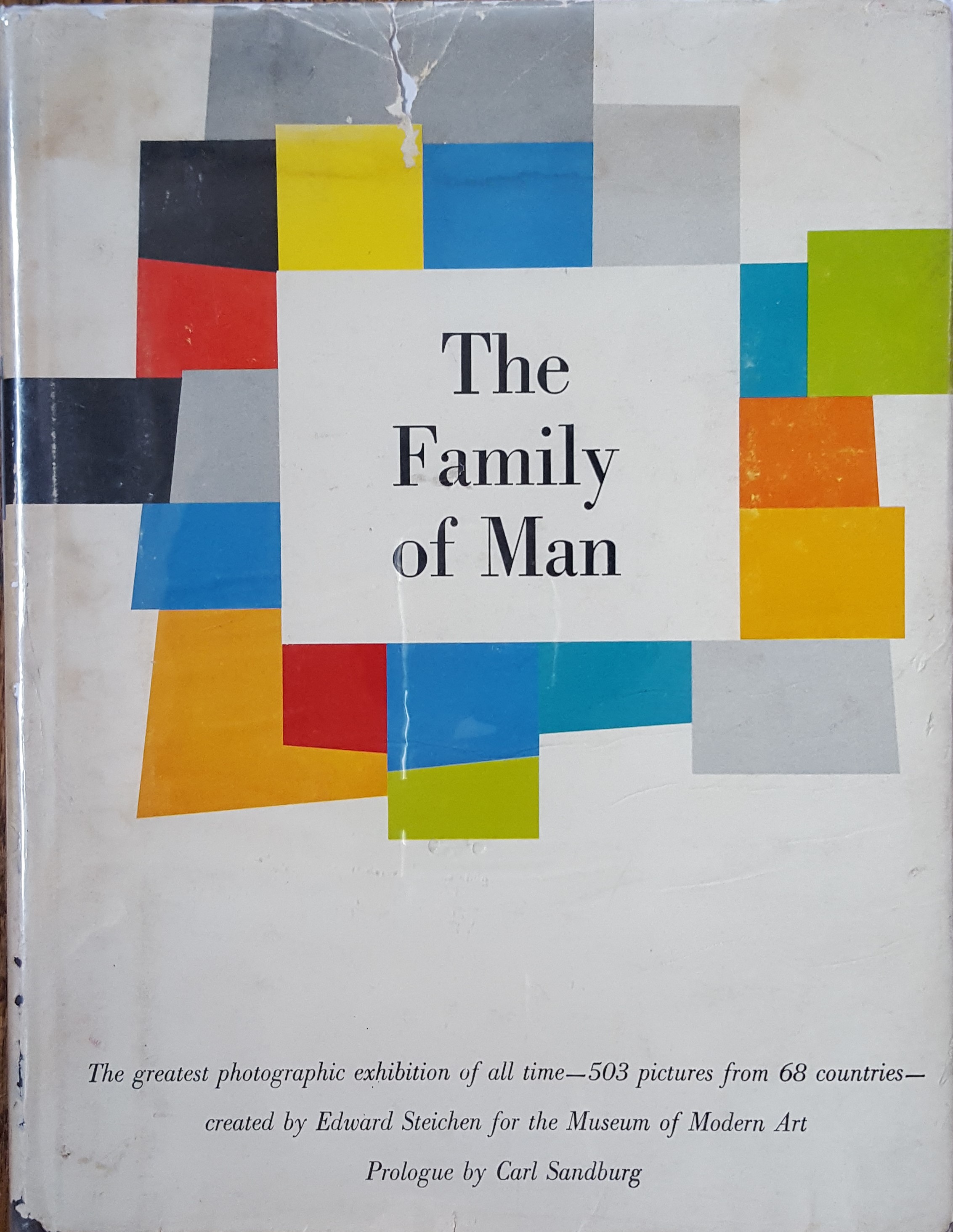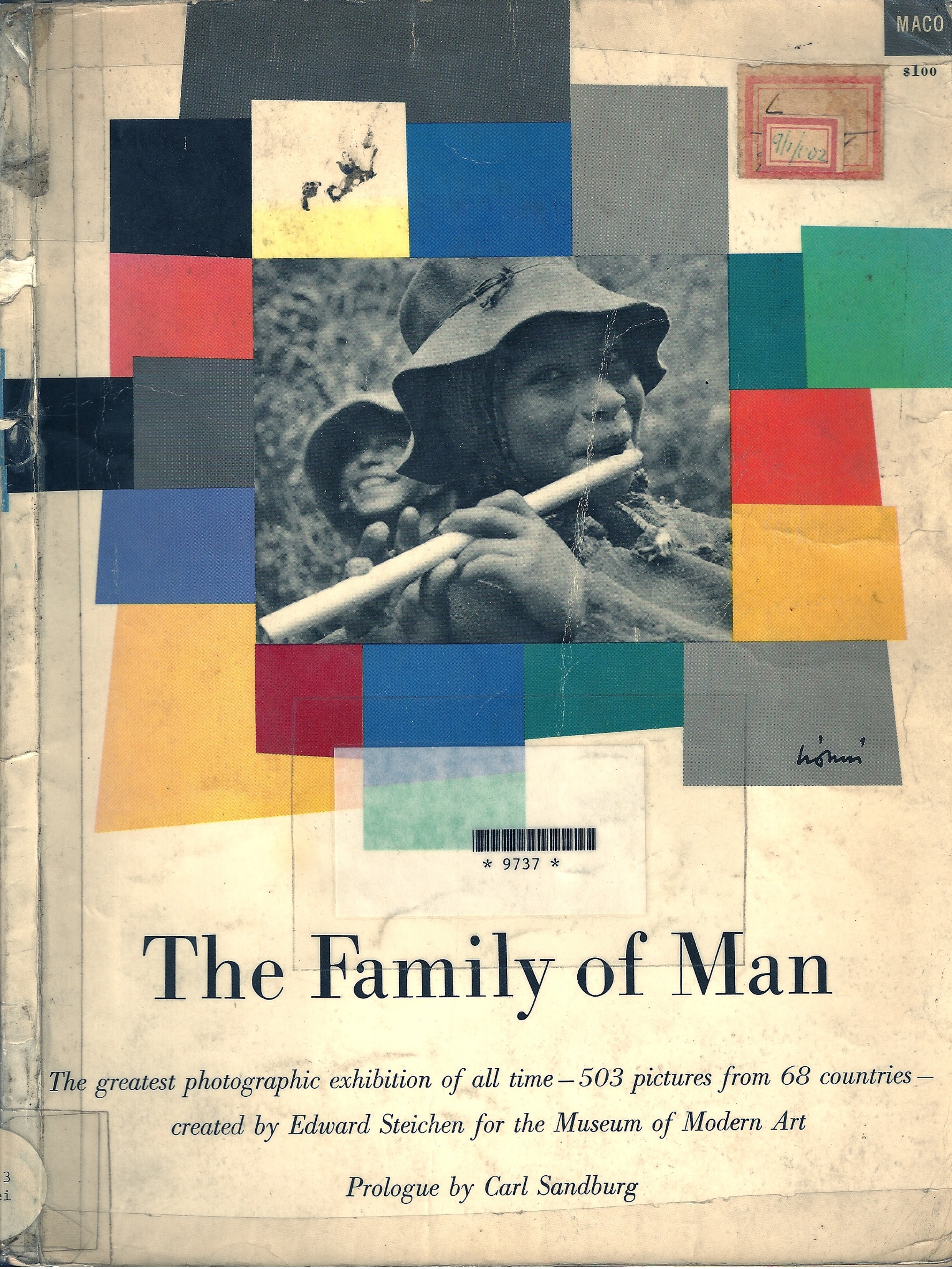"The Family of Man (1955) and the Family of Photographers: Insiders and Outsiders of the Most Famous Photography Exhibition" is a talk I presented at an international symposium "Now Memories" as part of the Riga Photography Biennial 2018 programming. The symposium took place on April 13 and 14, 2018, in Riga, Latvia.
For inviting me to speak at this symposium, I am grateful to Indrek Grigor, the symposium's curator. He also kindly accommodated my delivery of the talk as a video, pre-recorded in New York, and facilitated the very exciting live discussion with the audience after the talk via Skype.
The symposium was part of the larger program of cultural events Latvia 100 marking the centenary of Latvia's independence. Read more about this program here.
Curator Indrek Grigor (to the left) introducing my talk. Symposium "Now Memories," part of the program of the Riga Photography Biennial 2018. April 13, 2018. Photo: Kristine Madjare. #rigaphotographybiennial2018 #LV100
The abstract of my talk:
“The greatest photographic exhibition of all time—503 pictures from 68 countries—created by Edward Steichen for the Museum of Modern Art,” says the cover of the photo-book accompanying exhibition The Family of Man. The exhibition took place at the Museum of Modern art (MoMA), New York, from January 24 to May 8, 1955. It gained its central role in the twentieth-century photography history largely because of its international exposure. The U.S. Information Agency popularized The Family of Man as an achievement of American culture by presenting ten different versions of the show in 91 cities in 38 countries between 1955 and 1962, seen by estimated nine million people. The vast majority of the photographers whose work was included in this exhibition were based either in the U.S. or Western Europe. They had traveled to, and photographed in, numerous locations across the world. They were outsiders to the various cultures they encountered in Asia, Latin America, and Africa. Therefore, even with the best intentions, these Western photographers often reproduced the worst cultural stereotypes of the colonial era.
Around the time of the world tour of The Family of Man, however, there was another organized attempt to bring to light work made by a more inclusive transnational group of photographers. It was the international biennial of photography, organized by the International Federation of Photographic Art.
The biennial, established in 1950, was conceived as a world survey of contemporary photography, displaying an equal number of works from each of the fifty-five participating countries. This biennial functioned as a complete antithesis to The Family of Man—there was no U.S. participation in the biennial, and most images were authored by photographers who lived in Asia, Latin America, and Eastern Europe. Unlike the globe-trotting Western journalists whose work comprised The Family of Man, this biennial highlighted those photographers who were insiders to the multiple non-Western cultures of the world—they actually lived and worked in places which the traveling outsiders had briefly visited.
In this talk, I will discuss the two radically different approaches to organizing photography exhibitions, exemplified by The Family of Man and the biennials of the International Federation of Photographic Art. I will address the political agendas behind them as well as the social and economic context. Most importantly, I will answer the question, why photography scholars continue to debate The Family of Man today, while the biennials have been virtually erased from the mainstream history of photography.




